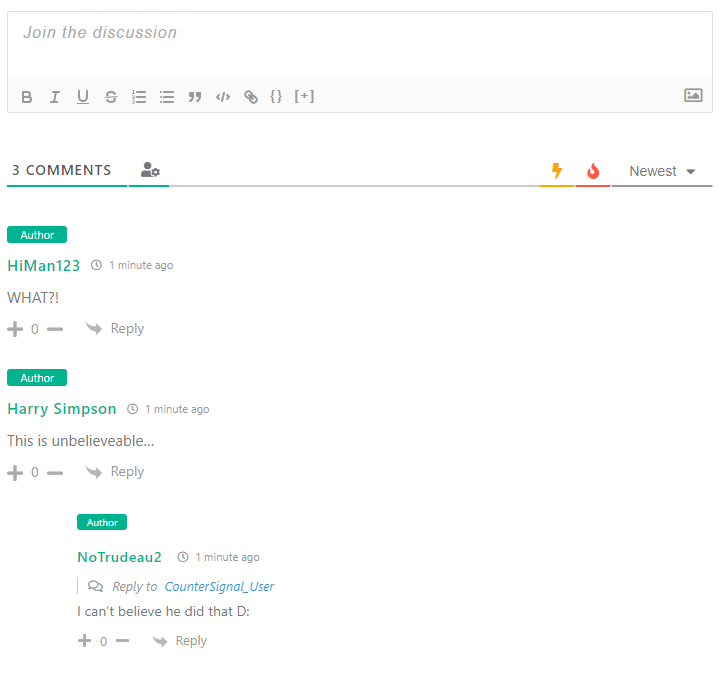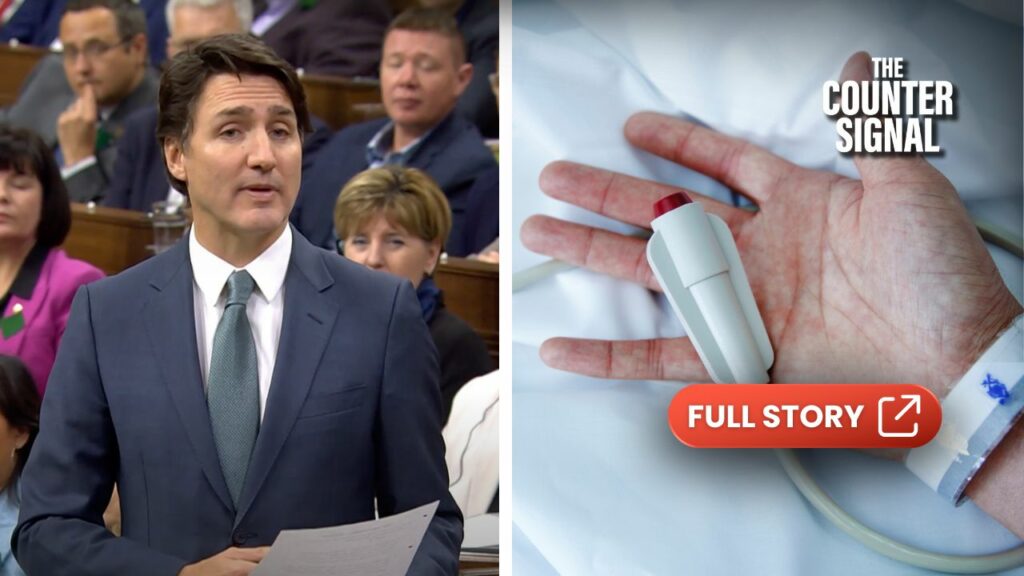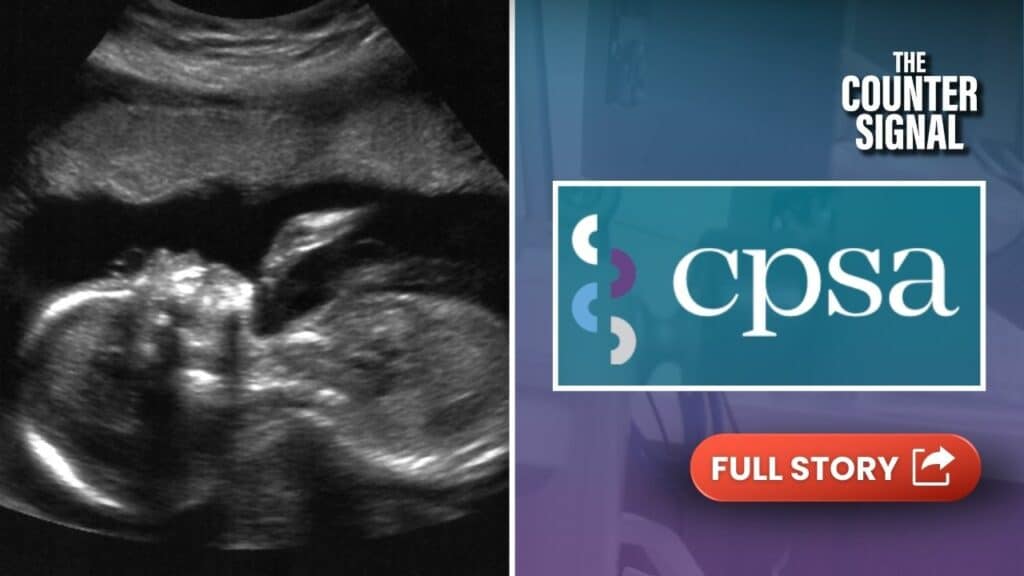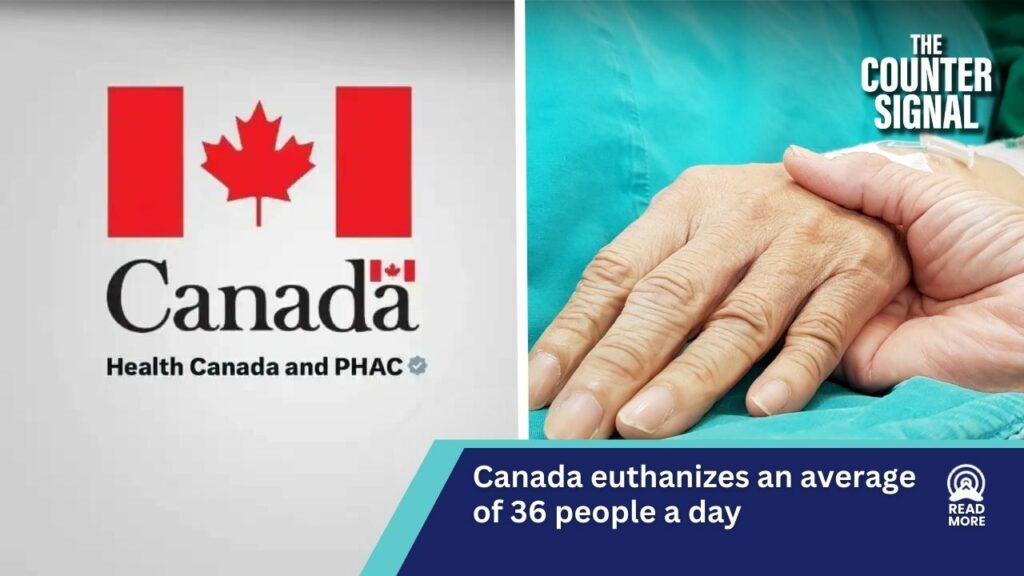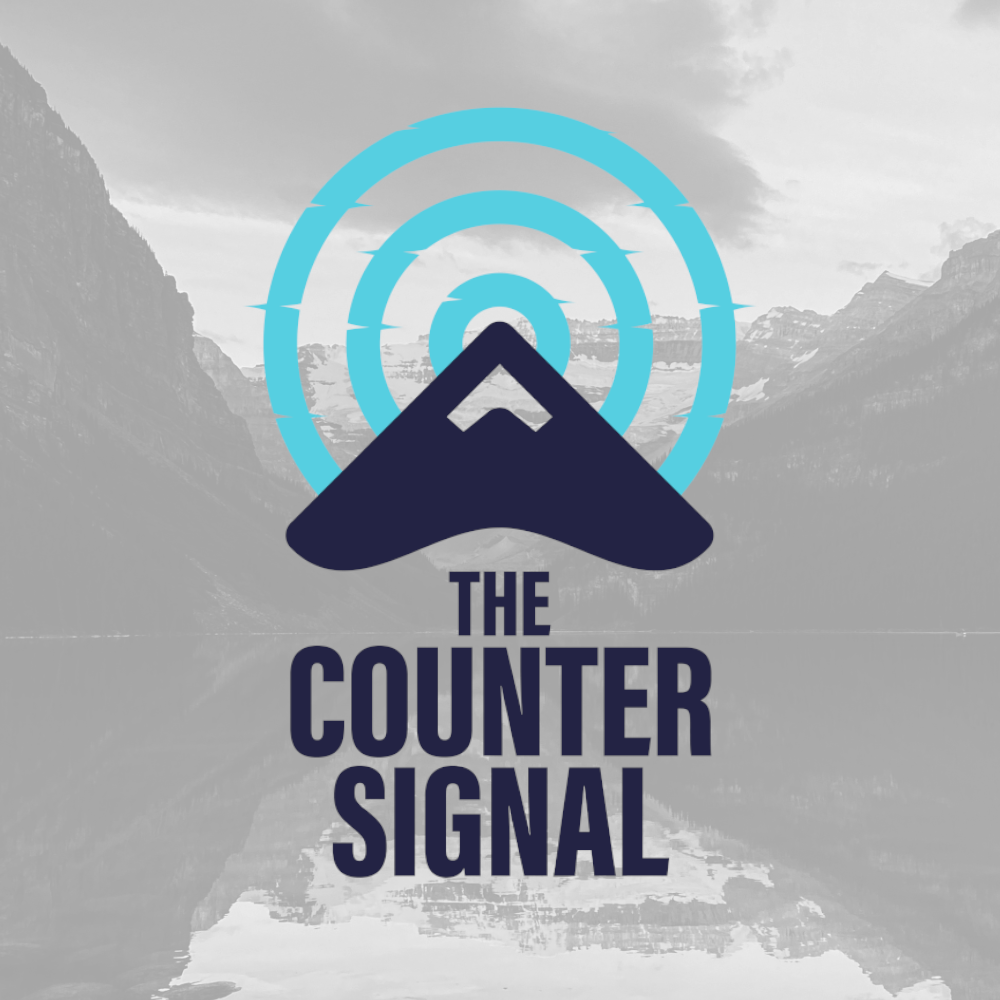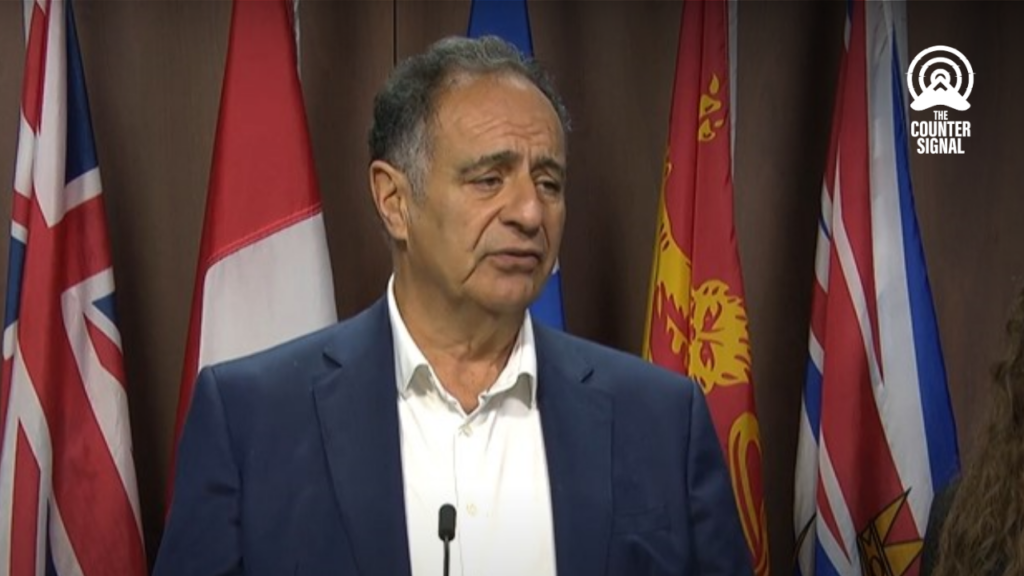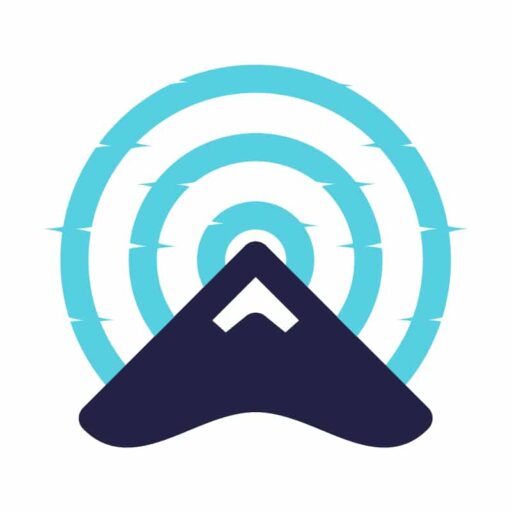The Canadian Virtual Hospice has created an “activity book” to help children “explore their feelings” about doctor-assisted dying “by someone in your life.”
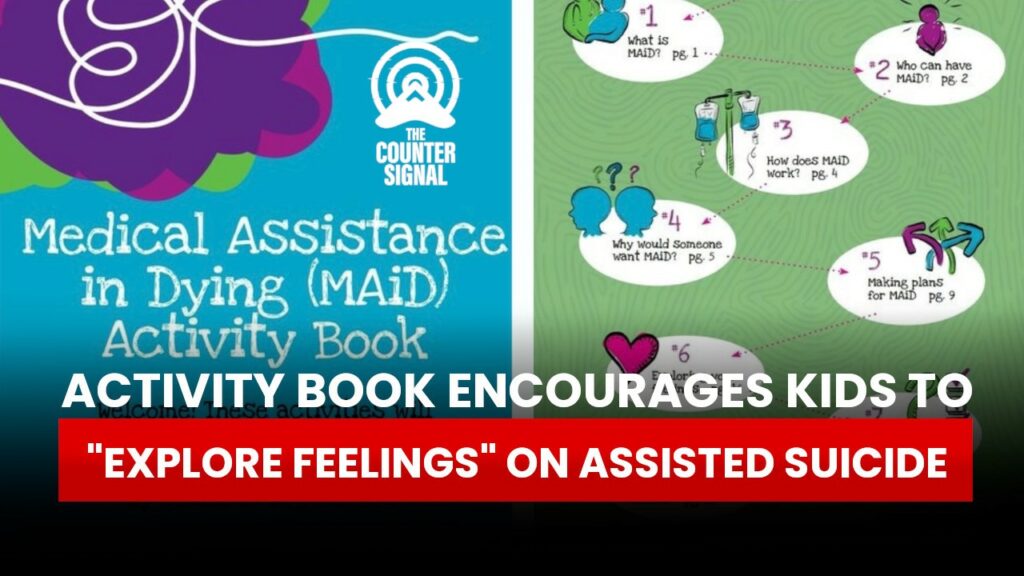
The workplace explains what doctor-assisted suicide is — more commonly referred to as Medical Assistance in Dying (MAiD) or euthanasia — and explains why someone would want it, who is eligible and how it works.
“This book was created for young people, like you, who have someone in their life who may have MAiD,” the activity book reads.
It says it’s “suited” to children aged six to 12, but may also be helpful for younger children.
https://t.co/eZbZLrz4Bu is home to The Medical Assistance in Dying (MAiD) Activity Book! Created for young people who have someone in their life who may have MAiD, this resources if available for free download. https://t.co/ugopiHYWus pic.twitter.com/um13rVqItL
— Canadian Virtual Hospice (@VirtualHospice) July 26, 2022
Assisted suicide was first legalized in Canada in 2016. Under the Criminal Code, only those with a terminal illness were eligible initially. But the Trudeau Liberals massively expanded eligibility to include those with a disability. Additionally, those suffering solely from a mental illness will be eligible for assisted dying beginning March 2023.
According to the Canadian Virtual Hospice assisted-dying workbook, assisted dying is a practice which uses medicine to “help” someone with their death — not cause it.
“A doctor or nurse practitioner (a nurse with special training) uses medicines to stop the person’s body from working. When their body stops working, the person dies,” the book says.
“This is done in a way that does not hurt the person. The medicines help them feel comfortable and peaceful.”
The book says there are three types of people who are eligible for assisted suicide: those with a terminal illness, those with a disability, and those who “medicines have not been able to help their body or mind feel better.”
The workbook also includes a colouring page with outlines of two human bodies for children to “decorate it to look like you and the person.”
“Write or draw what you think they think or feel about choosing MAiD in the space around them. Then, write or draw what you think, feel, and wonder about in the space around you,” read the activity instructions.
The book goes on to explain the medications used to cause medically assisted death. The first medicine makes the person fall asleep, and they “may yawn or snore or mumble.” The second medicine causes a coma. The third and final medication stops the person’s lungs and heart.
“When their heart and lungs stop working, their body dies. It will not start working again,” the book says. “This often happens in just a few minutes, but sometimes (rarely) it can take hours.”
The activity book also includes a list of suggested gifts a child could send to someone receiving assisted dying before they die, like a special bracelet or flowers.
In a note for parents at the end of the “activity book,” the book warns the activities can stir up “strong feelings” in children, who may cry and become upset. Parents sometimes feel they should avoid a topic when a child has a “big emotional reaction,” says the assisted-dying workbook.
“The opposite is often true — a child may have had these feelings for a while, and this is the first time they have expressed them. This can be hard for adults to see, but it is helpful for the child to be able to let those feelings out rather than trying to hold them inside.”
According to its website, the Canadian Virtual Hospice provides information about advanced illness, palliative care, and loss and grief. It’s a division of the International Centre for Dignity and Palliative Care Inc., a registered charity.
The Canadian Virtual Hospice convened the National Working Group (NWG) to address “the lack of information” about MAiD. The NWG includes clinicians, MAiD practitioners, ethicists, and advocates.
As previously reported by The Counter Signal, medical assistance in dying accounted for 3.3% (10,064) of all deaths in Canada last year. In 2020, there were 7,630 MAID deaths, and in 2019 there were 5,661, meaning after two years of lockdowns, requests to be euthanized have nearly doubled.
